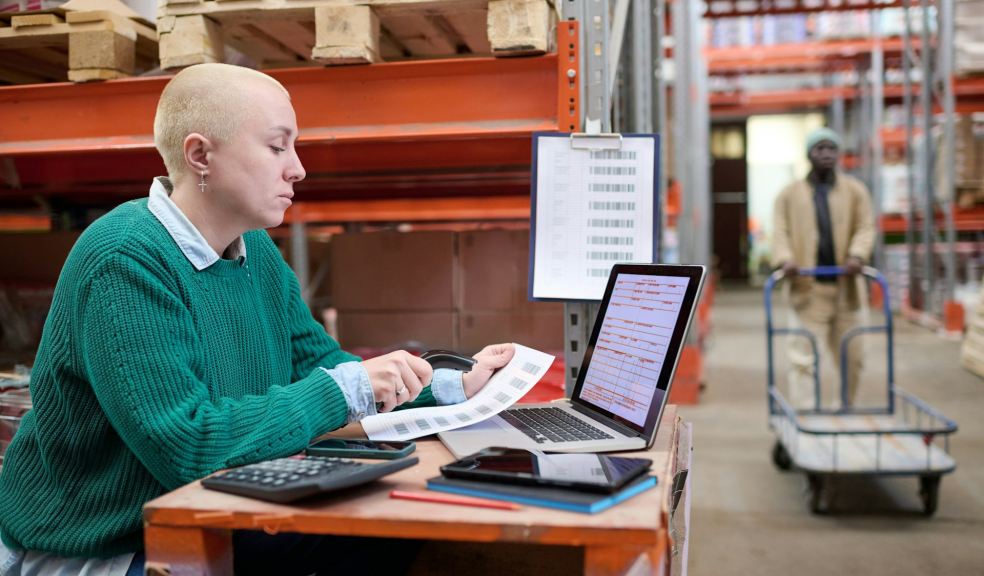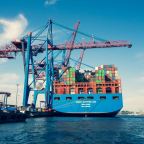
7 Ways Security Seals Reduce Risk In Supply Chains
The modern supply chain is a complex beast. Goods traverse continents, passing through countless hands before reaching their destination. At each point in this journey, vulnerabilities emerge: opportunities for tampering, theft, contamination, or substitution.
It's precisely these risks that make security seals such an essential component of logistics operations. They're those unassuming devices that lock containers, lorries, and packages shut, but their impact on supply chain integrity is anything but minor.
When properly implemented, these simple tools can dramatically reduce a company's exposure to financial loss, regulatory penalties, and reputational damage. Let's examine the specific ways security seals reduce risk throughout the supply chain.
1. Deterring Opportunistic Theft and Tampering
The mere presence of a security seal sends a clear message: this shipment is monitored and protected. Tamper-evident seals create a psychological barrier that deters casual theft and unauthorised access. Most criminals seek easy targets, and a sealed container requires additional effort, tools, and time to compromise, which are resources that opportunistic thieves are often unwilling to invest.
High security seals, particularly those meeting ISO 17712 standards, offer even greater protection. These robust devices require bolt cutters or specialist equipment to remove, making impromptu theft considerably more difficult. Bolt seals and cable seals, for instance, are engineered to withstand substantial force, ensuring that any tampering attempt leaves obvious evidence.
When sourcing these protective devices, working with an established provider like universeal.co.uk ensures access to seals that meet stringent industry standards and perform reliably under real-world conditions.
2. Providing Tamper Evidence Throughout Transit
This might be the most critical function of security seals: revealing when someone has interfered with a shipment. Tamper-evident seals are designed to break, tear, or otherwise show clear signs of compromise when removed. Once broken, they cannot be reapplied without detection.
Consider a scenario where goods travel from the manufacturer to the distribution centre, then onward to retail locations. At each handover point, personnel can verify seal integrity. If a plastic security seal arrives damaged or missing, immediate investigation can begin before the goods continue their journey. This creates accountability at every stage and helps pinpoint exactly where and when a security breach occurred.
Different seal types offer varying levels of evidence. Plastic seals might show stretching or breaking, whilst metal seals bend or snap. Customs accepted seals that meet CTPAT high security seal requirements provide the most robust tamper evidence, often incorporating multiple security features that make covert removal virtually impossible.
3. Enabling Traceability and Accountability
Modern security seals do far more than simply lock things shut. Many incorporate consecutively numbered identifiers, barcodes, or custom printing that transforms each seal into a unique tracking device. This feature is particularly valuable when using barcode types such as CODE 128, which can be quickly scanned and logged.
When seals are consecutively numbered from a specific starting number, companies can maintain precise records of which seal secured which shipment. This traceability creates an audit trail that holds specific individuals and organisations accountable for goods in their custody.
Custom printed seals can also include company logos, sequential numbering, and other identifiers that prevent counterfeit seals from being used to disguise tampering. It's considerably harder for bad actors to substitute a generic seal when the original features distinctive branding and unique identification numbers.
4. Meeting Regulatory and Compliance Requirements
Various industries face strict requirements regarding shipment security, particularly when goods cross international borders. Security seals help organisations demonstrate compliance with these regulations, reducing the risk of penalties, shipment delays, and lost certifications.
ISO standards, including ISO 17712, establish clear benchmarks for seal performance. Customs authorities worldwide recognise seals meeting these standards, facilitating smoother border crossings. Similarly, organisations adhering to CTPAT (Customs-Trade Partnership Against Terrorism) must implement stringent security measures, including the use of high security seals on international shipments.
Certain applications demand specialised seals that meet additional standards. Metre seals for utility applications, fire extinguisher seals for safety equipment, and tanker truck seals for hazardous materials must all comply with industry-specific regulations. Using appropriate seals demonstrates due diligence and helps companies avoid costly compliance failures.
5. Protecting High-Value and Sensitive Cargo
Not all shipments carry equal risk. Pharmaceuticals, electronics, luxury goods, and other high-value items attract considerably more criminal attention than bulk commodities. Security seals provide an additional layer of protection for these attractive targets.
Heavy-duty plastic cargo seals and metal bolt seals offer robust protection for shipping container seals, whilst plastic padlock seals might secure smaller, high-value parcels. The key is matching seal strength to cargo value and risk profile. A container carrying designer handbags justifies stronger protection than one filled with construction sand.
Beyond theft prevention, seals also guard against contamination and substitution. Pharmaceutical companies, for instance, use tamper seals to ensure medications remain uncontaminated throughout transit. The seal's integrity provides assurance that the contents are exactly what they are intended to be.
6. Reducing Insurance Costs and Claims
Insurance companies aren't keen on preventable losses, and they adjust premiums accordingly. Organisations that demonstrate robust security practices, including comprehensive seal programmes, often benefit from reduced insurance costs. The logic is straightforward: better security means fewer claims, which translates to lower premiums.
When incidents do occur, intact seals can also help resolve insurance claims more quickly. If goods arrive damaged but seals remain unbroken, the problem likely occurred during loading or is a manufacturing defect rather than theft or tampering in transit. This clarity accelerates claim processing and helps determine liability.
Conversely, broken or missing seals can complicate claims, as insurers may argue that inadequate security measures contributed to the loss. Proper seal usage, documentation, and verification protocols strengthen an organisation's position when filing claims.
7. Building Customer Trust and Brand Protection
In today's transparent marketplace, customers increasingly care about supply chain integrity. They want assurance that products arrive authentic, uncontaminated, and as promised. Visible security measures, including tamper-evident seals, provide that reassurance.
A brand's reputation, once damaged, can take years to rebuild. A single incident involving counterfeit goods, contaminated products, or stolen merchandise can destroy consumer confidence. Security seals serve as both a practical security measure and a signal to customers that a company takes product integrity seriously.
This is particularly relevant for companies shipping directly to consumers. When a package arrives with an intact security seal, it provides immediate visual confirmation that the contents have not been interfered with. That small detail can significantly enhance customer satisfaction and loyalty.
Conclusion
Security seals may seem like a minor detail in the complex web of modern supply chains, but their impact on risk reduction is substantial. From deterring theft to ensuring regulatory compliance, these devices address vulnerabilities at every point in the logistics journey. For organisations serious about protecting their goods, reputation, and bottom line, comprehensive seal programmes aren't optional—they're essential.











